MARCH 2016
The Big Bang Science Fair 2016, Birmingham NEC – 16 to 19 March 2016
For the second year running the Public Engagement Team hosted an exhibition stand at the Big Bang Science Fair, which received over 70,000 visitors over 4 days!
The interactive stand featured a printed copy of the human genome (the 130 books would take up to 95 years to read!), a 3D ‘Guess What’ activity, a ‘Creepy Crawly Cancer Cells’ game and a challenging electronic buzz wire activity. A big thank you to all our supporters, volunteers and visitors for helping make the event such a great success!
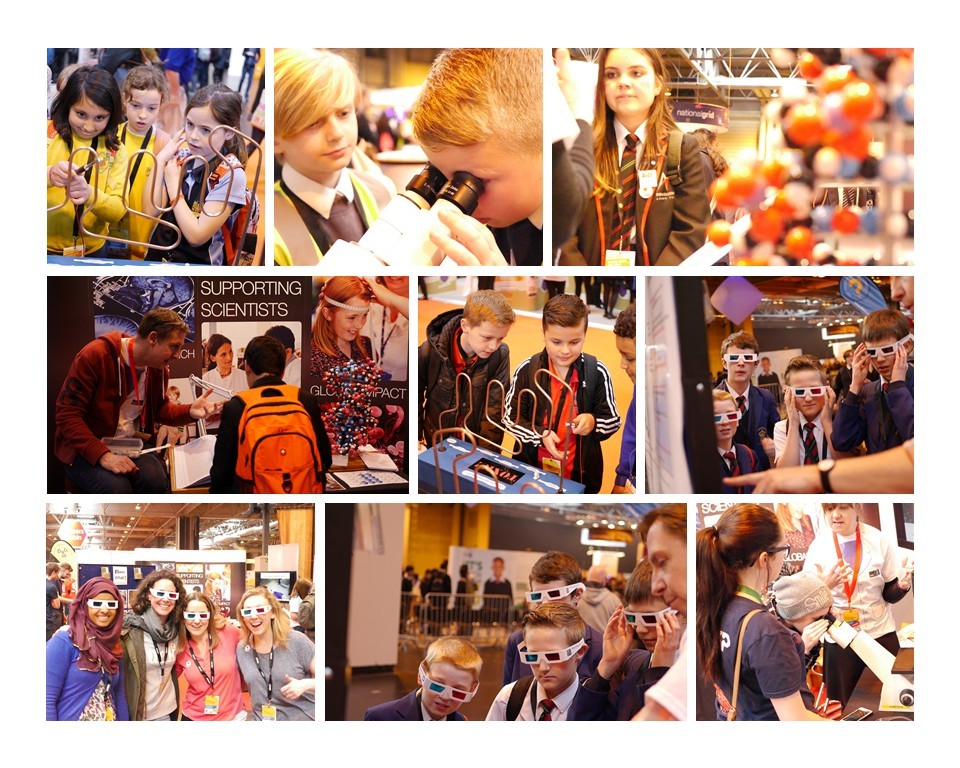
MARCH 2015
The MRC Toxicology Unit rose to the challenge to host its first ever interactive stand at the Big Bang UK Young Scientist & Engineer Fair, which took place from 11-14 March at the NEC in Birmingham.

20 MRC Toxicology Unit staff and students volunteered to take part in the event, which is the UK’s largest science, technology, engineering and maths (STEM) fair, aimed at raising awareness of the exciting and rewarding opportunities available in these subjects, and is visited by over 75,000 people, primarily aged 7-19 each year.
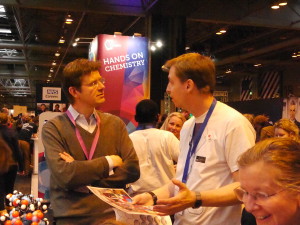
Our exhibit, led by Professor Andrew Tobin and Paul Alexander, was an exciting mix of genetic codes, DNA, malaria, microscopes and electronic buzz wire games – which certainly proved very popular with children and adults alike. We even received a special visit from The RT Hon Greg Clark MP, Minister for Universities, Science and Cities.
An estimated 6,000+ people visited our stand over the four days, with the ‘buzz wire’ game proving to be a huge attraction!
About our interactive stand
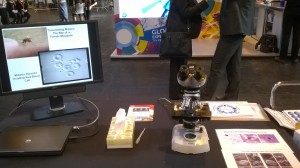
Visitors were invited to view a printed and bound copy of the human genome book which demonstrates the sheer size of a single human chromosome and how just a slight difference can determine our gender.
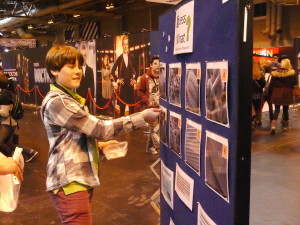
Interactive displays included observing a malaria parasite through a microscope; observing a real DNA sample; revealing a hidden world as viewed from an electron microscope, which included a ‘guess what’ game of some familiar objects. We also created our very own electronic ‘GPCR buzz wire game’ to demonstrate how difficult (and expensive) it can be to get a pharmaceutical drug to market.
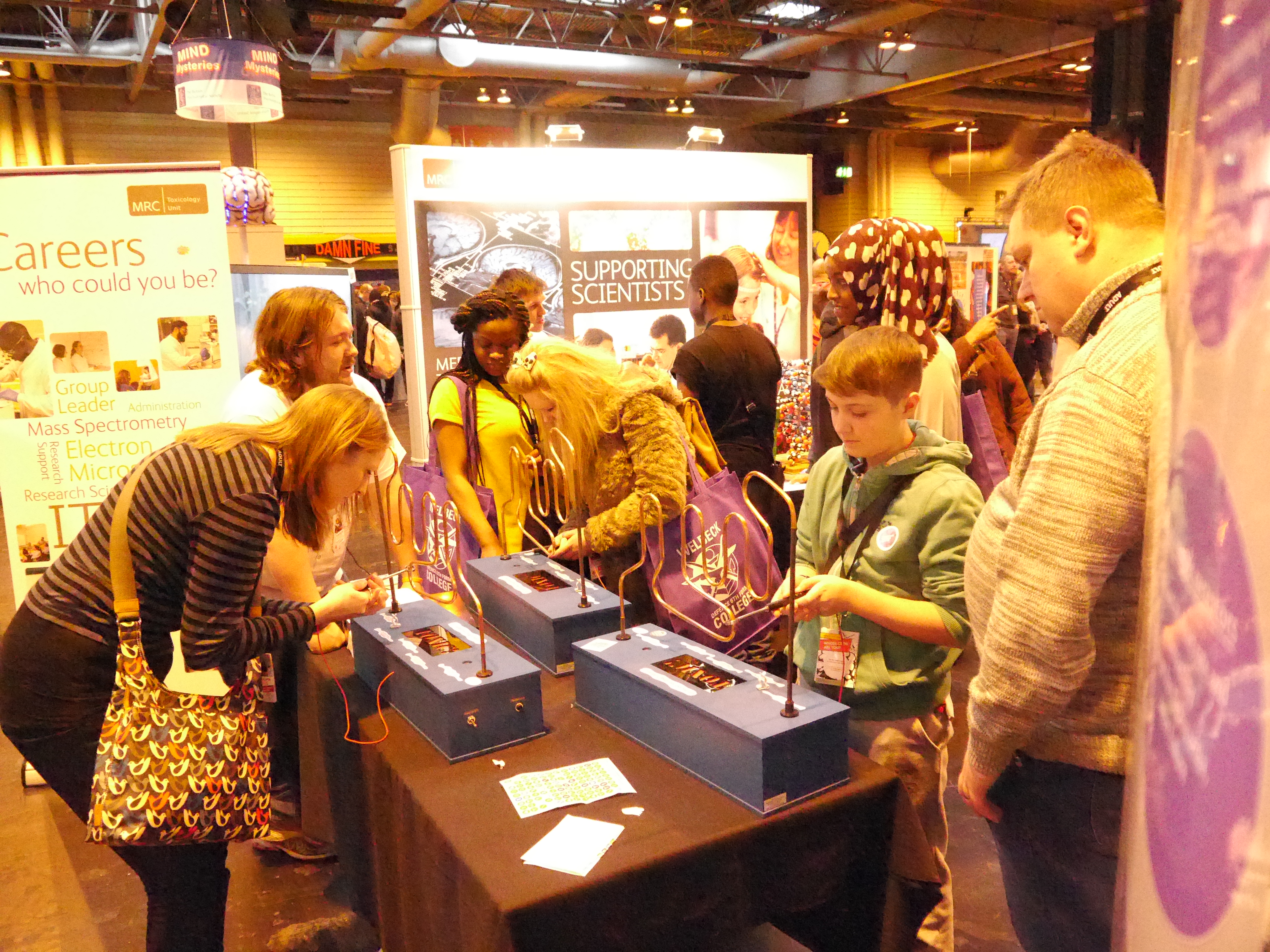
The activities reflect some of the work currently researched at the MRC Toxicology Unit and aim to make a complex subject more accessible and understandable to the general public. In turn, we hope this will promote interest of careers in STEM. Careers captains were available to discuss how to pursue a scientific career and also highlight that you don’t necessarily have to be a scientist to enjoy a career in science.
For further information about The Big Bang visit www.thebigbangfair.co.uk

